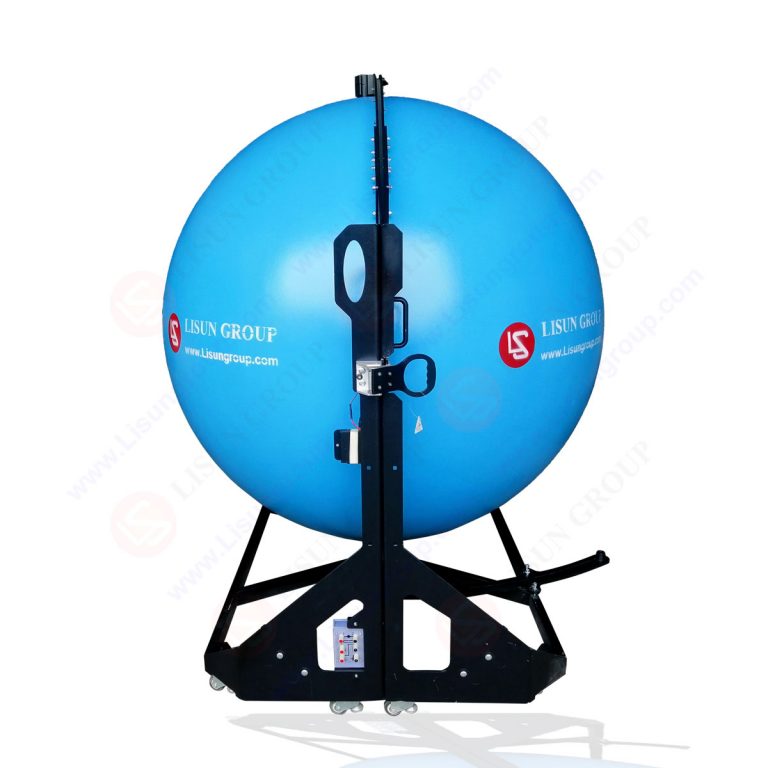LEDs have opened up new levels of freedom of design which enable architects and designers to free up their creativity. Light-emitting diodes provide many design options in lighting goods. However, a proper measurement technique is necessary to compare important technical parameters to make the most use of the variety of lighting options available. Critical items accessible for the LED testing are integrating sphere and other led meters.
Solid-state lighting devices are put through their paces
Tests and evaluations of the luminous efficacy and total luminous flux generated by a light source are used to determine the performance parameters of LED lamps and other solid-state lighting devices. Using an integrating sphere, it is possible to get accurate colorimetric data and total luminous flux measurements.
Even though these optical components can precisely measure the characteristics stated above, they cannot measure the spatial distribution of light beams. When measuring the performance characteristics of these light sources, spheres and goniophotometers are the most often utilized instruments. Gonio-photometers are instruments that enable the precise assessment of spatial dispersion.
Integrating sphere is a quick and easy instrument to use when measuring the radiant or luminous flux of light sources. It is common practice to utilize spheres of this kind to describe light sources, such as packaged LED components and completed luminaires of various sizes. Product development and test-and-measurement teams clearly want correct findings from sphere testing to be included in the product documentation.
However, the measuring methods specified in certain standards may result in a high cost linked with the requirement for huge spheres, which can be prohibitively expensive. Consider a series of laboratory tests conducted to evaluate how much accuracy was compromised when a smaller-than-prescribed sphere was used for regular testing that was not intended for reporting to an authorized laboratory.

Test setup and techniques
We created a measuring stand and DUTs to mimic various luminaire sizes. TO MIMIC DUT TEST INTERFERENCE, each DUT used the same LED placed on several housings of varying sizes and shapes. Integrating sphere is best known for testing the LED, and you can easily get this tool from LISUN . The measurement equipment was calibrated for this series of experimental measurements that utilized just the LED atop the rod or measuring stand as a reference. These were the tiniest DUTs. Others were compared to the basic scenario.
Throughout each DUT setup, you have to maintain these conditions:
1. TDK lambda power supply programmable
2. Constant LED integration and on-time
3. Three minutes LED cooling between measurements
Of course, accredited lab testing must meet the criteria. However, internal testing shows that variations in luminaire size correspond to minor changes in light flux and colorimetric values. Remarkably, this coefficient should be specified for each wavelength to calculate the total flux absorbed by the observed item. The coefficient varies with object size and color, requiring the use of precise spectroradiometers or spectrometers.
Further experiments and comparisons are required to draw broad conclusions about the measuring principle specified in the standard. The findings show that with the appropriate method and procedures, repeatable measurements can be made for light sources far bigger than the norm allows. There are also many other led meters for testing purposes.
This lighting technology is really unique because of the combination of durability and highly durable internal systems, and the high anticipated LED light output. It is thus no surprise that the color consistency requirements are extremely high when LEDs are tied into color groups. In addition, LEDs are increasingly required to optically describe since their lighting properties are essential to guarantee compliance quality of the product. Integration spheres have shown that they are flexible and efficient measurement instruments and are even necessary for some applications.
Lisun Instruments Limited was found by LISUN GROUP in 2003. LISUN quality system has been strictly certified by ISO9001:2015. As a CIE Membership, LISUN products are designed based on CIE, IEC and other international or national standards. All products passed CE certificate and authenticated by the third party lab.
Our main products are Goniophotometer, Integrating Sphere, Spectroradiometer, Surge Generator, ESD Simulator, EMI Receiver, EMC Test Equipment, Electrical Safety Tester, Environmental Chamber, Temperature Chamber, Climate Chamber, Thermal Chamber, Salt Spray Test, Dust Test Chamber, Waterproof Test, RoHS Test (EDXRF), Glow Wire Test and Needle Flame Test.
Please feel free to contact us if you need any support.
Tech Dep: Service@Lisungroup.com, Cell/WhatsApp:+8615317907381
Sales Dep: Sales@Lisungroup.com, Cell/WhatsApp:+8618917996096
Your email address will not be published. Required fields are marked *